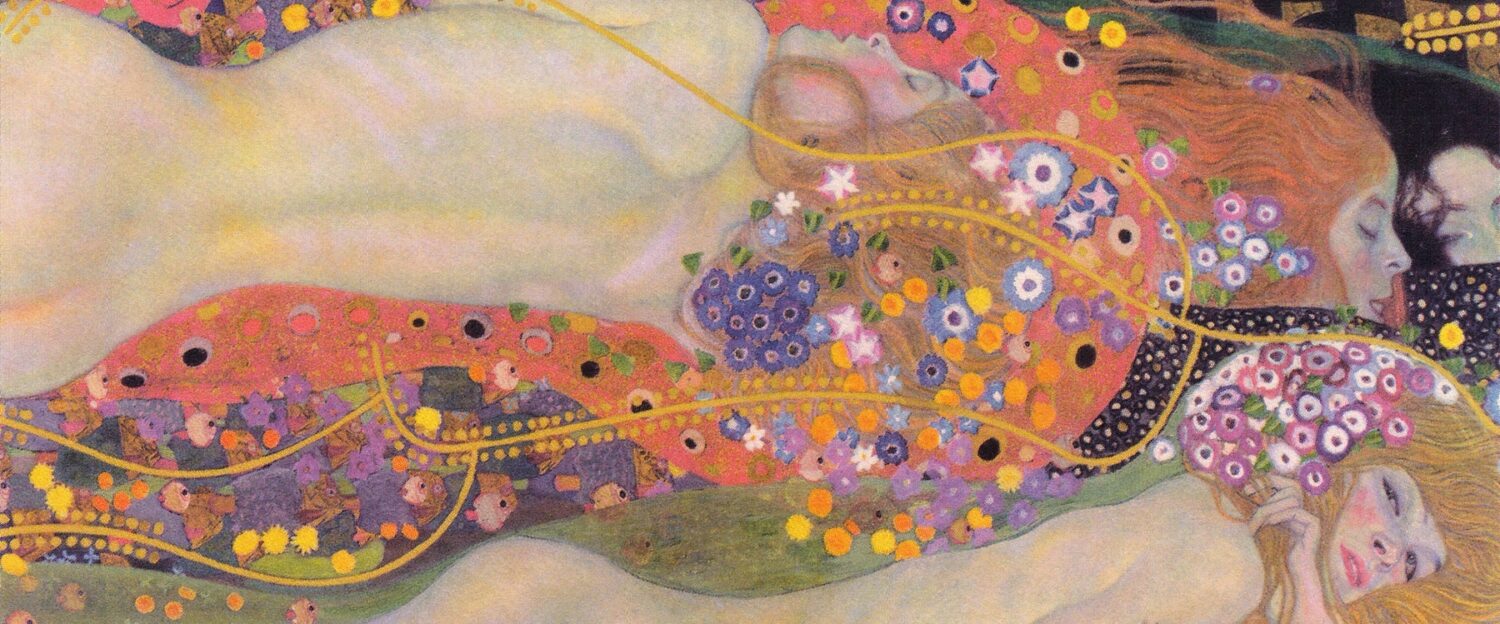It’s not what you look at that matters, it’s what you see.
Henry David Thoreau
Before Ruth and I started Arting, art was an event – a museum to visit, a gallery to drink wine at, a master or trend to check off the bucket list. I enjoyed art but I filed it away in my head as something to look at, objects or performances to view from the sidelines. I was simply an observer.
Arting, which we made intentionally a verb, is an experience, a process that uses art to explore ourselves and our world, through a conversation with the artist, with each other, and with our own internal voice.
Through it, I developed a passion for art because arting moved my experience of art from passive to active, from observer to engager. From someone who looked, to someone who saw.
Art became self-discovery.
I met new artists I might never have seen by visiting museums. I rediscovered artists I’d known before but learned to see differently because art was now a relationship – with myself, with Ruth, and with the artists.
Even more, I learned how transformational art could be through a true aha moment – a real mind blower. One week, I was looking for my art contributions for the mash-up, and I stumbled over this.

Seeing Renee Magritte’s the Lovers, I understood, with crystal clarity, the challenge many of us have with relationships. How we can be close, and yet not see. How we can feel deeply even though mysteries remain. How much we fool ourselves, so much that we lose ourselves.
And I rediscovered Magritte, who’d I’d always thought of as the apple painting guy and never got him. Now I look for the insights he hides in plain sight and laugh at how he plays with us. I drowned myself in his work for a while, to milk every challenge he threw at us to see below the surface, or to see a different surface.
Even when I found his work repulsive, which I once would have ignored, I now hugged closer to me, hungry for its secrets. Like his painting, Collective Invention, below. A fish head and female legs is a big yuck.

Yet, when reversed, a female head on a fish bottom is a siren, the irresistible femme fatale. The title also dares us to think differently. We often hear that teamwork adds to innovation, but this picture suggests that maybe that is not always the case.
Whether you like it or hate it, I find its implications and questions hard to ignore. And that was one of my most spectacular takeaways from Arting – a new openness to things I would have quickly walked past had I been in a museum with its crowds, hard floors, and sterile air.
Through Arting, I searched out other artists who dared to see the world differently, encouraging us to do the same. Check out Leonor Fini’s The Alcove, a self portrait with Nico Papatakis for gender role reversal, or Fabiola Jean-Louis’ Rewriting History, which demands that we look beyond beauty and pageantry to the history below.
Arting helped me understand why art is so powerful, and why it is essential for a self-reflective society. Both for its aesthetic quality and for its brashness.
What do you think about this! What were your first reactions to The Lovers and Collective Imagination? Now that you’ve seen them, is there anything you now see differently?
Featured Image – Max Liebermann, The Fisherman
Discover more from Arting: Art As Conversation
Subscribe to get the latest posts sent to your email.

